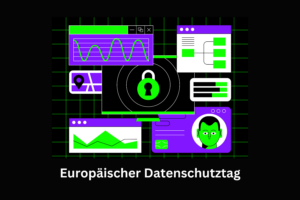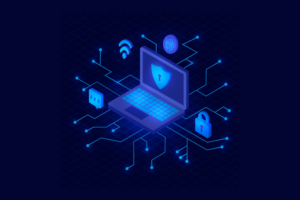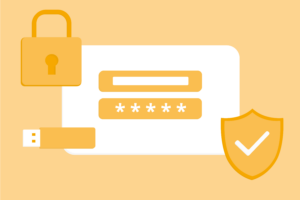Schlagwort: ‘Multifaktor-Authentifizierung’
Increased Cyber Security at RWTH Through MFA Introduction

Source: Freepik
Universities are increasingly becoming the target of cyber attacks. According to the Federal Office for Information Security (BSI), the current threat level is higher than ever before [1]. In view of this growing threat and the increasing number of corresponding attacks, the Ministry of Culture and Science (MKW) of the state of North Rhine-Westphalia (NRW) published an Agreement on Cyber Security at Universities (VzC) at the end of 2023. With a total of 12 measures, this serves as a basis for securing university networks. At the same time, the BSI regularly recommends targeted measures to defend against threats.
Against this backdrop, the specific protection of RWTH Aachen University’s IT infrastructure is increasingly indispensable.
Video Tutorials on Multifactor-Authentication and the Token Manager

Source: Freepik
On February 1, 2024, the RWTH Aachen University introduced multifactor-authentication (MFA) for the VPN service. This will significantly improve the protection of the IT services you use.
You can learn how to use MFA for VPN and how to set up your second authentication factor in the Token Manager in the first videos in our video series on multifactor-authentication, which we are presenting to you today.
Data Protection Day: Our Privacy

Source: Own illustration
On January 28, we celebrate European Data Protection Day to draw attention to the importance of data protection. This annual event is a reminder of the fundamental right to privacy and highlights efforts to strengthen the protection of personal data.
More IT Security for VPN: Introduction of MFA
Due to the growing digitalization in the private and professional environment, the risk of cyberattacks and phishing attacks is also constantly increasing. Universities are also becoming an increasingly frequent target of such attacks. This is why IT security is a key issue at RWTH Aachen University.
On February 1, 2024, multifactor-authentication (MFA) will be introduced for the VPN service at RWTH. This will significantly improve the protection of the IT services you use. The following blog post will explain what you need to do now.
Cluster security – MFA Now Mandatory

Source: Freepik
In May 2020, several supercomputers in Europe were attacked by hackers. They used compromised accounts of users on external systems. To prevent such attacks, the introduction of multi-factor authentication on the HPC cluster is an important step.
Security Mechanisms Unravelled: MFA

Source: Freepik
Multifactor-authentication (MFA) is a security method that enables access to digital resources such as devices, networks or online services by combining multiple authentication factors. Essentially, MFA requires at least two independent confirmations of a user’s identity to access the resource.
Multifactor Authentication in IdM Selfservice
IT security is a major and important topic at RWTH Aachen University and the IT Center.

Source: Freepik
Already in 2021, it was reported that the introduction of multifactor-authentication (Mfa) would provide systems with greater security against unauthorized access.
In order to offer the MFA protection to further services the IdM Selfservice is now equipped with the so-called “MFA Tokenmanager”.





